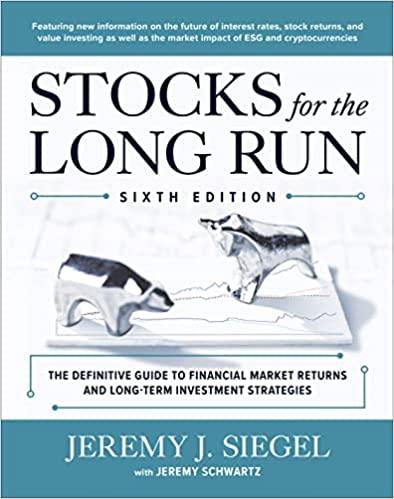Answered step by step
Verified Expert Solution
Question
1 Approved Answer
a. what is American explorations current WACC under the 50-50 mix of debt and equity? b. assuming that its cost of debt and equity remain

a. what is American explorations current WACC under the 50-50 mix of debt and equity?
b. assuming that its cost of debt and equity remain unchanged, what will be American expirations WACC under the revised target capital structure?
c. do you think shareholders are affected by the increase in debt to 80%? if so, how are they affected? are the common stock claims rescue now?
d. suppose that in response to the increase in debt, American expirations shareholders increase their required return so that cost of common equity is 16%. what will its new WACC be in this case?
e. what does your answer in part D suggest about the trade off between financing with debt versus equity?

question C answer choices

question e fill in the blank
Step by Step Solution
There are 3 Steps involved in it
Step: 1

Get Instant Access to Expert-Tailored Solutions
See step-by-step solutions with expert insights and AI powered tools for academic success
Step: 2

Step: 3

Ace Your Homework with AI
Get the answers you need in no time with our AI-driven, step-by-step assistance
Get Started


